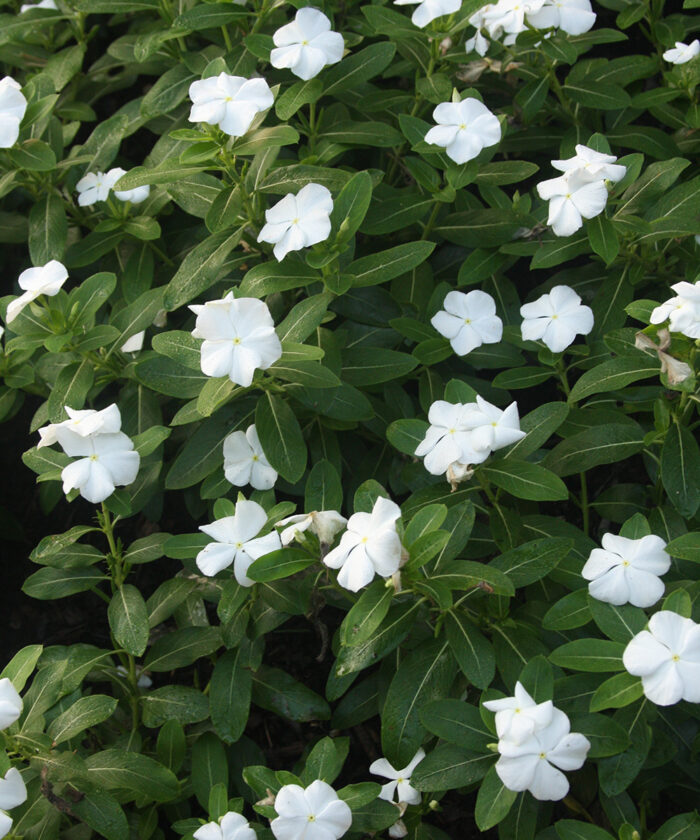
When most of us think about periwinkle, we either think of a vine or a ground cover. Here in the Southwest, it is extremely common to find another version of periwinkle that’s completely unrelated. Below, I’ll share some of the major differences between these plants and how to grow them.
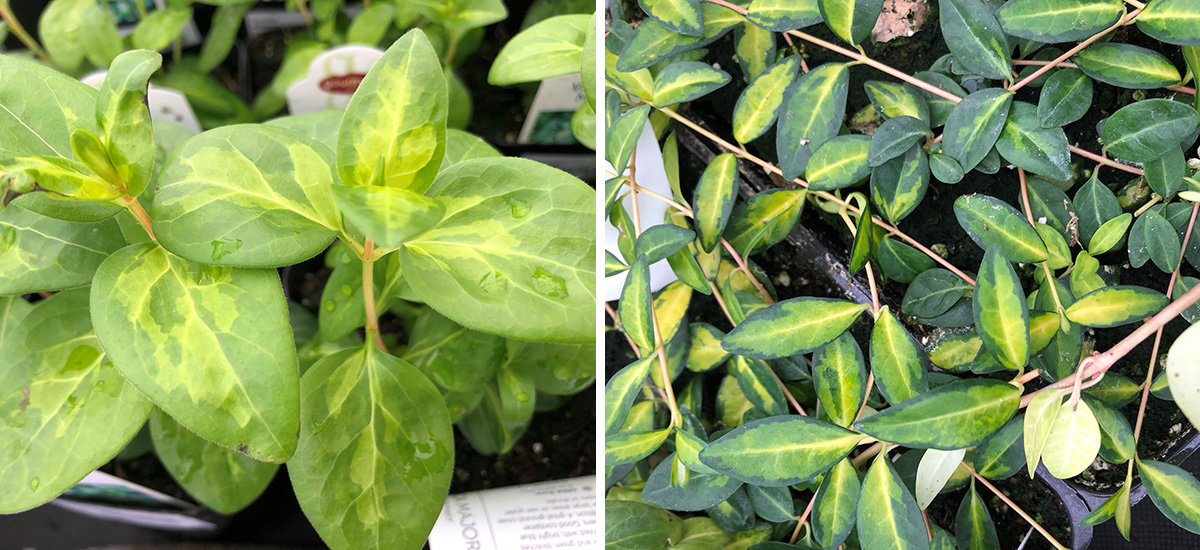
Major vs. minor
Greater periwinkle or big periwinkle (Vinca major, Zones 7–9) and lesser periwinkle or common periwinkle (V. minor, Zones 4–8) are both shade-loving ground covers that like dry, well-drained soil. While greater periwinkle is native to the Mediterranean, lesser periwinkle is native to Central and Southern Europe. They are both low maintenance, pest free, and quite hardy. In many areas they both are considered quite invasive.* That doesn’t necessarily mean you should never use them. On the contrary, they might be perfect for your specific needs. But be sure to keep an eye on the runners to ensure they are not creeping too far, too quickly. Both are evergreen, mat-forming perennials. They’re most commonly used as ground covers, as trailing additions to containers, or sometimes as houseplants. An easy way to help you tell the difference between the two periwinkles is through leaf shape. The leaves of greater periwinkle tend to be larger, broader, and sometimes heart-shaped. Lesser periwinkle leaves are smaller and more elongated.
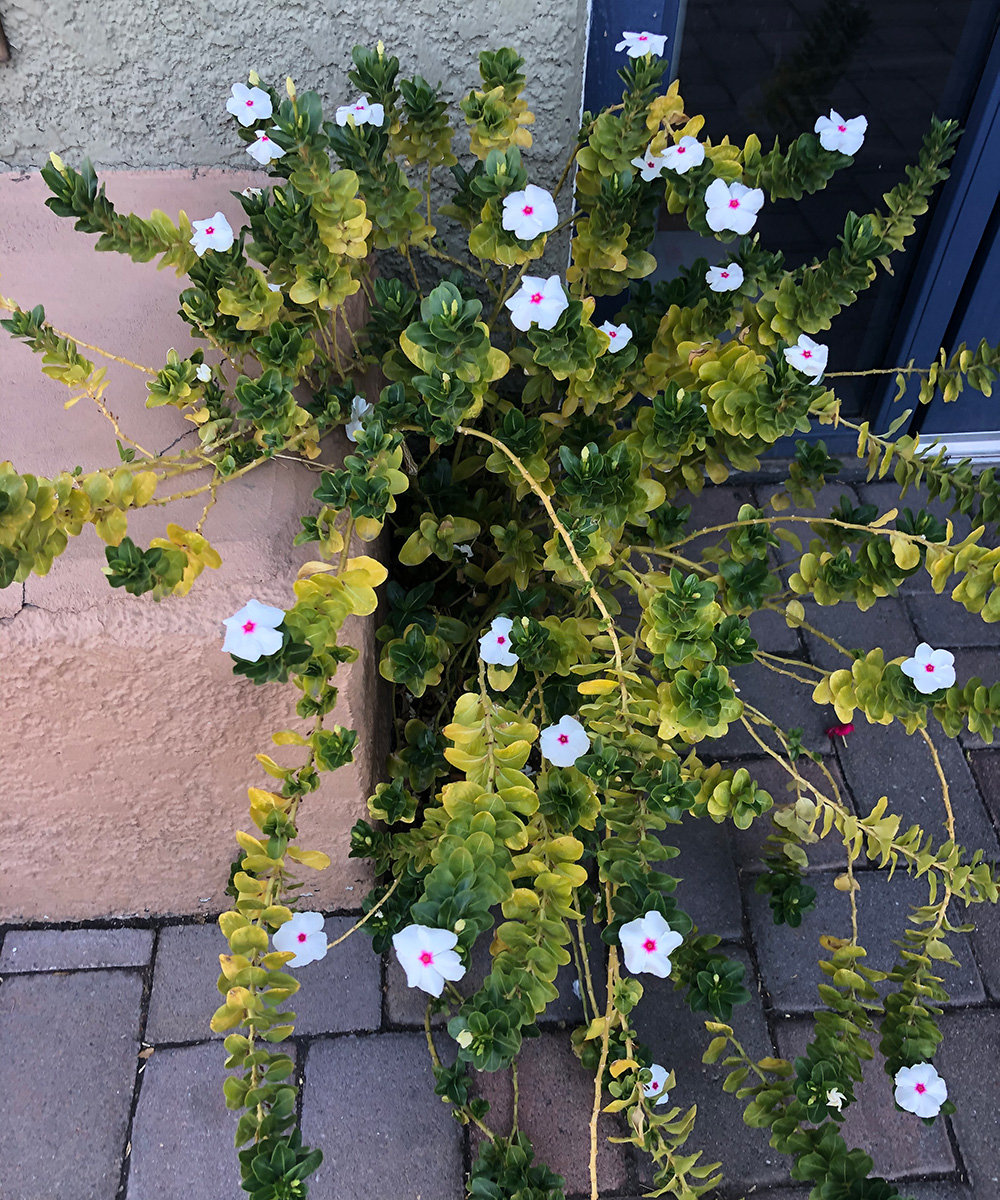
Madagascar periwinkle
To switch genera altogether, Madagascar periwinkle (Catharanthus roseus, Zones 9–11), also called Cape periwinkle or annual vinca, is from Madagascar. At one time it was called Vinca rosea, but it was later decided that it should be classified differently from true vincas. Madagascar periwinkle is a tropical perennial that is typically grown as an annual in many regions but may be hardy in some areas of the Southwest. The flowers resemble those of impatiens (Impatiens walleriana cvs., annual), but unlike impatiens, Madagascar periwinkle loves the sun. This plant is an absolute beauty and produces flowers from early summer to late fall and beyond! Especially in the desert where you least expect to see such vibrant blooms, it really catches your eye. Madagascar periwinkle is drought tolerant and requires very little maintenance as long as you give it well-drained soil. It grows up to 18 inches high and comes in a rainbow of colors. You can find it in pink, red, white, purple, magenta, as well as multicolored. Be warned—if overwatered, this plant will develop root rot and die.
Many gardeners have been confused by all three of these different plants referred to with one name. Although they all produce beautiful foliage and flowers, it’s extremely important to understand which one you’re planting and if it’s appropriate for your garden. If you are in doubt, hunt down a local garden center pro. If that person is unsure, do your own research. There’s no shame in relying on the good-old internet to help you through a gardening conundrum. Good luck, gardeners!
*Check to see if greater periwinkle is invasive in your area here and if lesser periwinkle is invasive in your area here.
—Sheila Schultz and Laurel Startzel are a mother-daughter duo who founded Denver Dirty Girls Container Gardening while living in Denver and have continued their business since moving to Tucson, Arizona.
Fine Gardening Recommended Products

A.M. Leonard Deluxe Soil Knife & Leather Sheath Combo
Fine Gardening receives a commission for items purchased through links on this site, including Amazon Associates and other affiliate advertising programs.


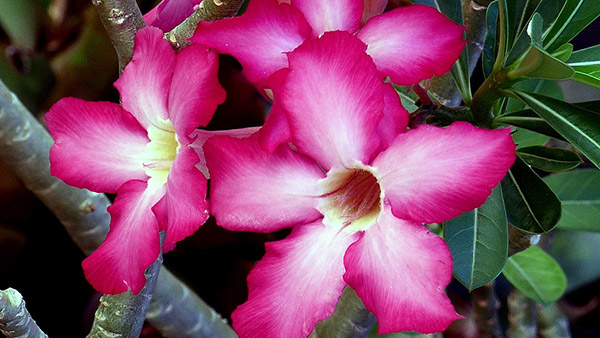

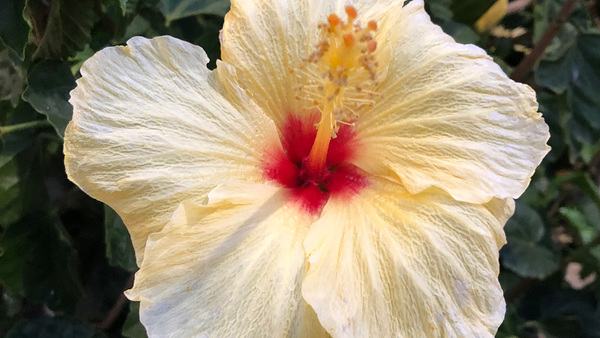
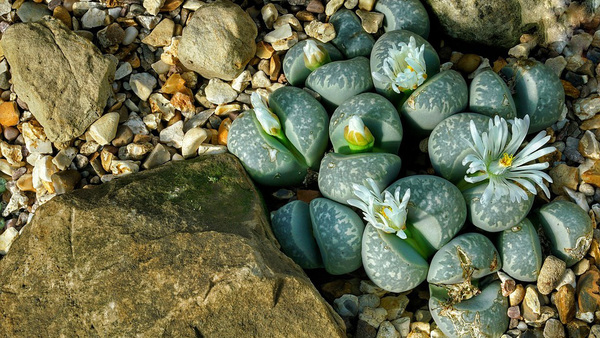













Comments
Log in or create an account to post a comment.
Sign up Log in